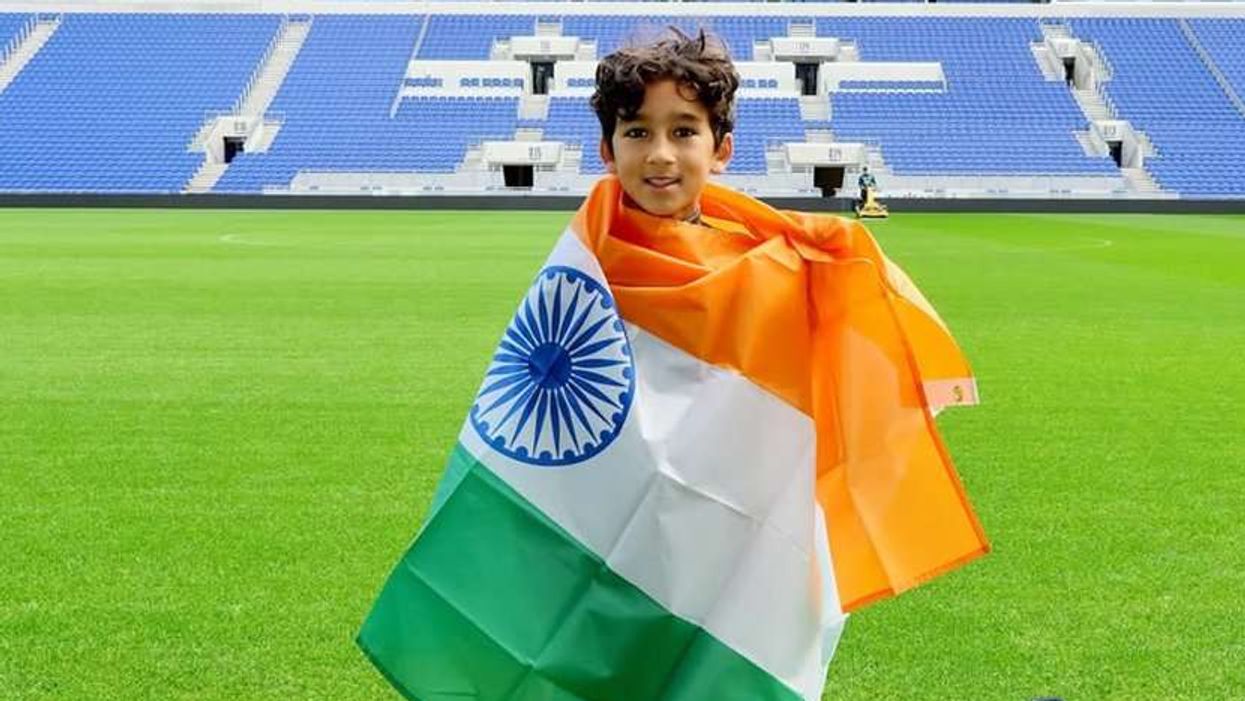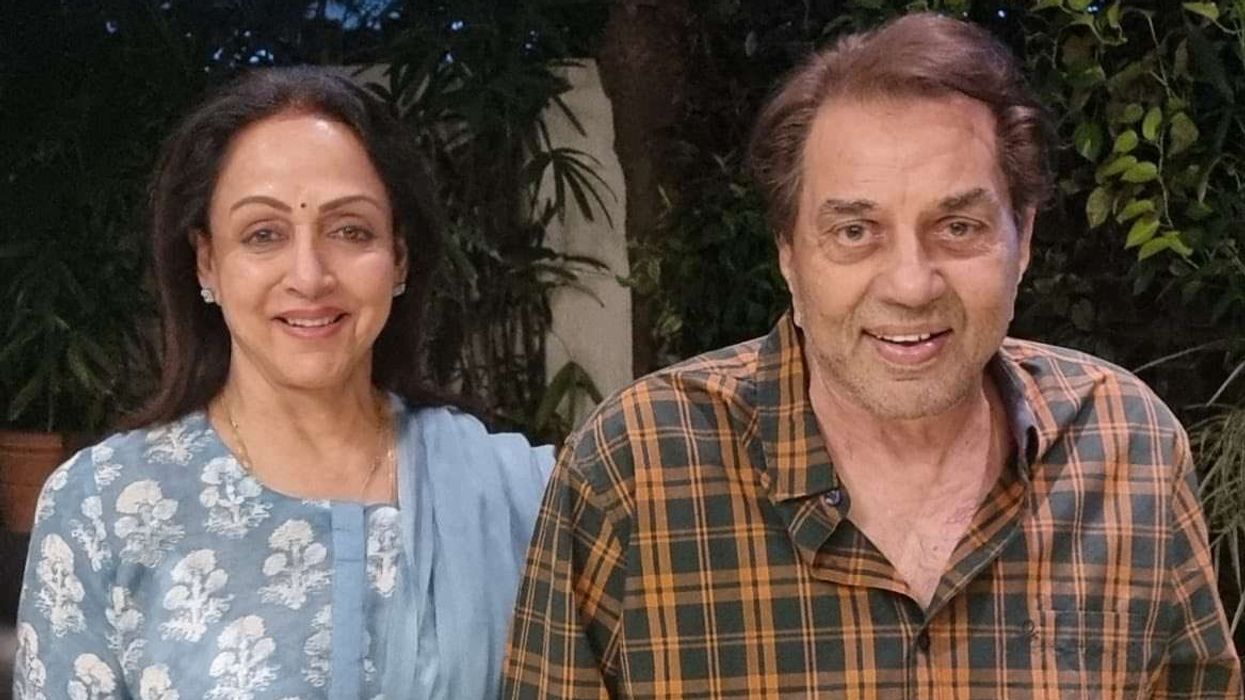Sanjay Shabi began his career when he joined the multinational Zenith Media in 1990, fresh out of Watford HE College with a post-graduate diploma in advertising. His warm welcome there, not to mention the grounding he received, is something he remains grateful for.
By 2005 he was at another company, MediaCom, and after years of trying he had finally been given what he wanted. Having being promoted to Board Director, UK Investment, Shabi had now secured his own operation for trying to deliver to advertisers the growing BME consumer market. He called this new project CultureCom UK and it became the agency’s ethnic consultancy division.
“Most people are happy a big network agency is finally taking this area seriously,” he said at the time “But some niche ethnic media outlets have been a bit cynical.”
The story goes like this: in its unbridled worship of youth and concentration on conventional mass markets, the advertising industry and the media in general ignore several very large potential streams of revenue.
“Many media owners are fixated by selling their channel, rather than building a case for ethnic audiences,” he said. “To bring this to life a bit more, I remember as an Asian teen innocently cracking jokes like, ‘How come Asians are rubbish at football? Because every time they get a corner they open a shop!’ That’s not entirely true now.”
Shabi knew that untapped ethnic consumers, whose disposable income was rising every year were underserved by advertising. Technology was also improving, and the traditional mass marketing channels (TV, radio, newsprint), while powerful, had been blunt instruments as far as segmentation was concerned.
He decided to break the mould by turning the attention of a giant such as MediaCom towards the UK’s Asian and black population.
“The difficulty is in establishing how media owners are reaching these [BME] audiences,” Shabi said back then. “With print, the vast majority of titles don't have certified circulation so we don't know, independently, what their circulation is. There's a question mark over the accountability of it. While we know anecdotally that it's well received – if you go to a Bangladeshi newsagent in Tower Hamlets you can see eight to 10 weeklies on the newsstand – we don't know to precisely what degree.”
New digital tools, though, were not only making segmented and targeted messaging cheaper and more effective, they were also delivering the richness of data that was for the first time painting a detailed picture of who was buying what and who was likely to.
Although hard to imagine now, 15 years ago the UK’s ethnic pound was regarded as too small to be catered for, excepting a few small specialists – there was only £30 billion of spending power from the BME population nationally, with little left after necessities for discretionary or luxury purchases.
But Shabi was betting that the improving economic and educational status of the UK’s minorities could only keep improving.
Very much has changed by now as the BME sector has expanded (alongside internet data-gathering capabilities), prospered and developed its own distinct tastes and attitudes – as well as fully taking part as consumers in mainstream markets, and so attracting the advertising budgets of mainstream as well as niche companies.
Soon after Shabi opened his laboratory at MediaCom, J. Walter Thompson started its own ethnic-facing outfit it called Diversify. The rest is history, and today the BME pound is worth well in excess of £300 million.
In 2014 Shabi co-authored a watershed report The New Britain, which summarised everything he had thought and developed over the previous decade. He called 2017 as the year the breakthrough was completed:
“I am very pleased to say that for some time now, [the data] has been harbouring the ability to reveal the holy grail, i.e. understanding how likely South Asians are to consume mainstream products and services,” he said.
After crying in the wilderness for years he could now be recognised as a true prophet.







